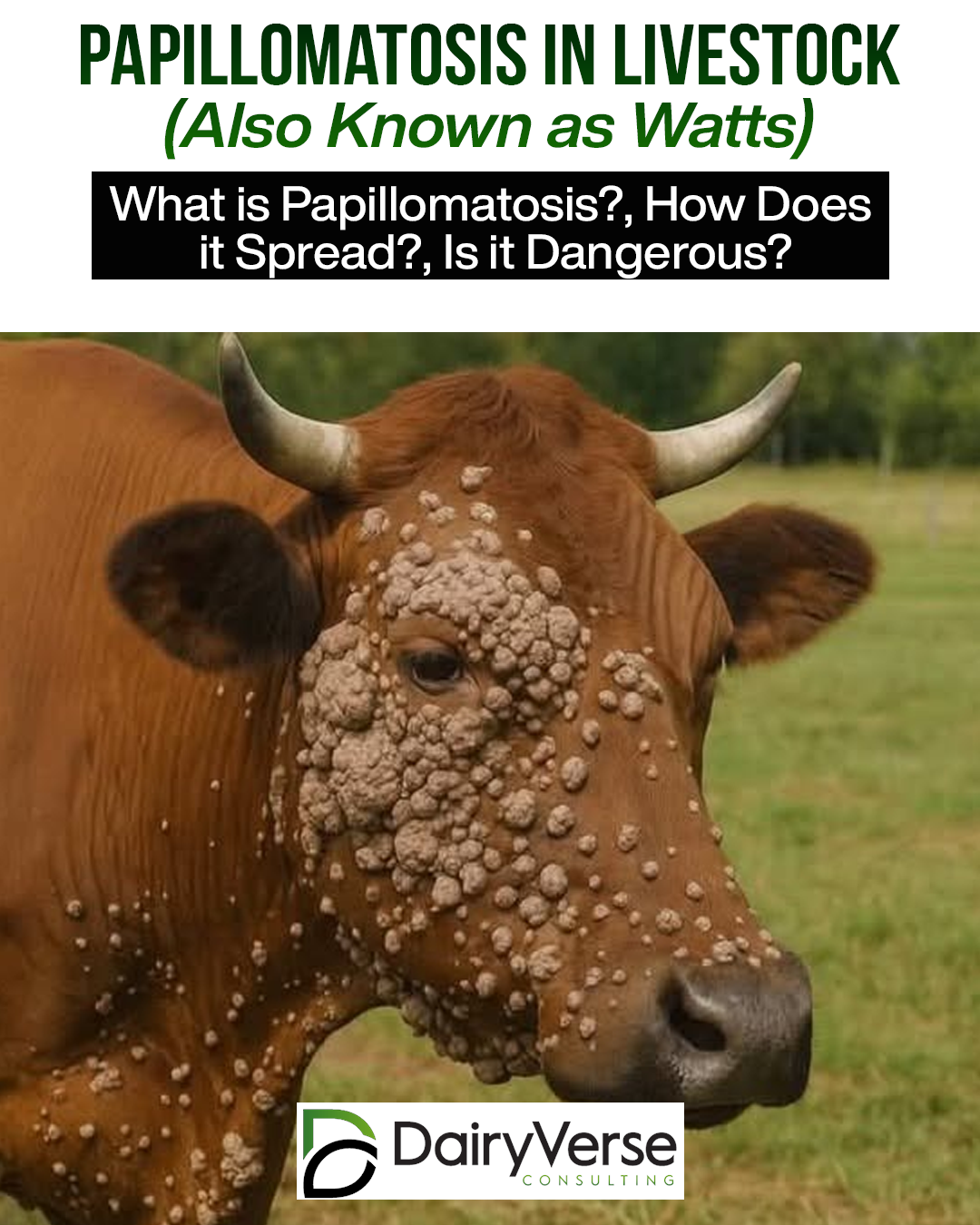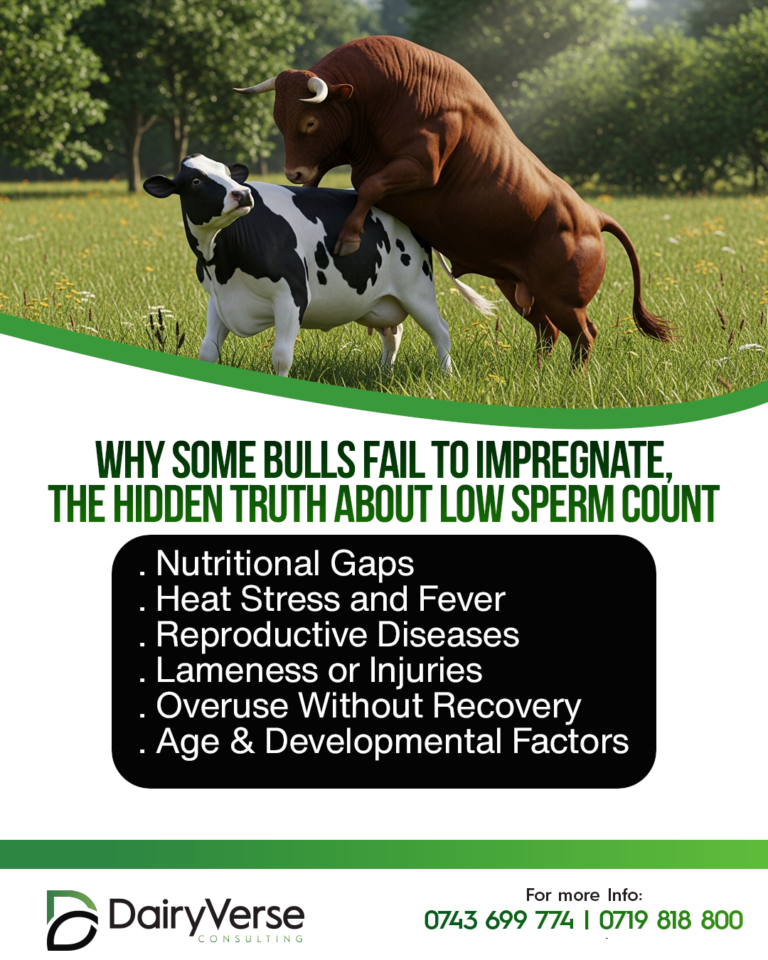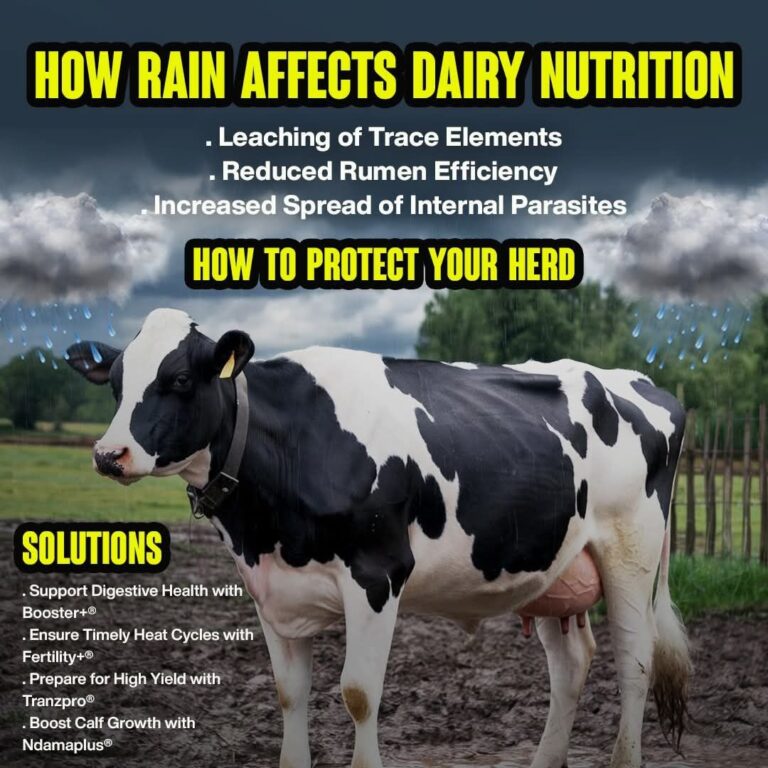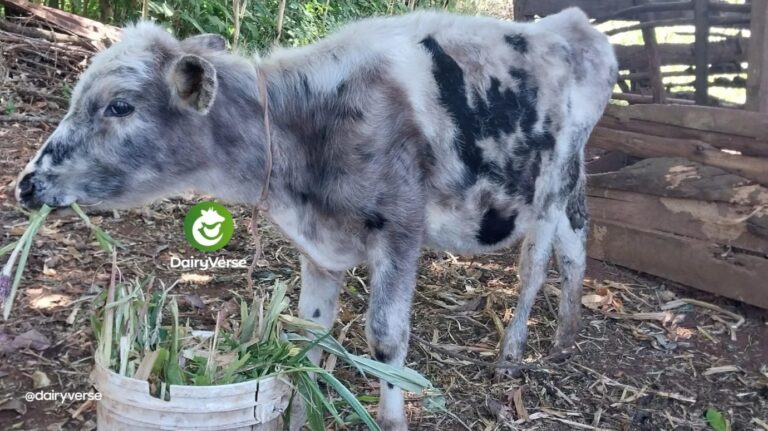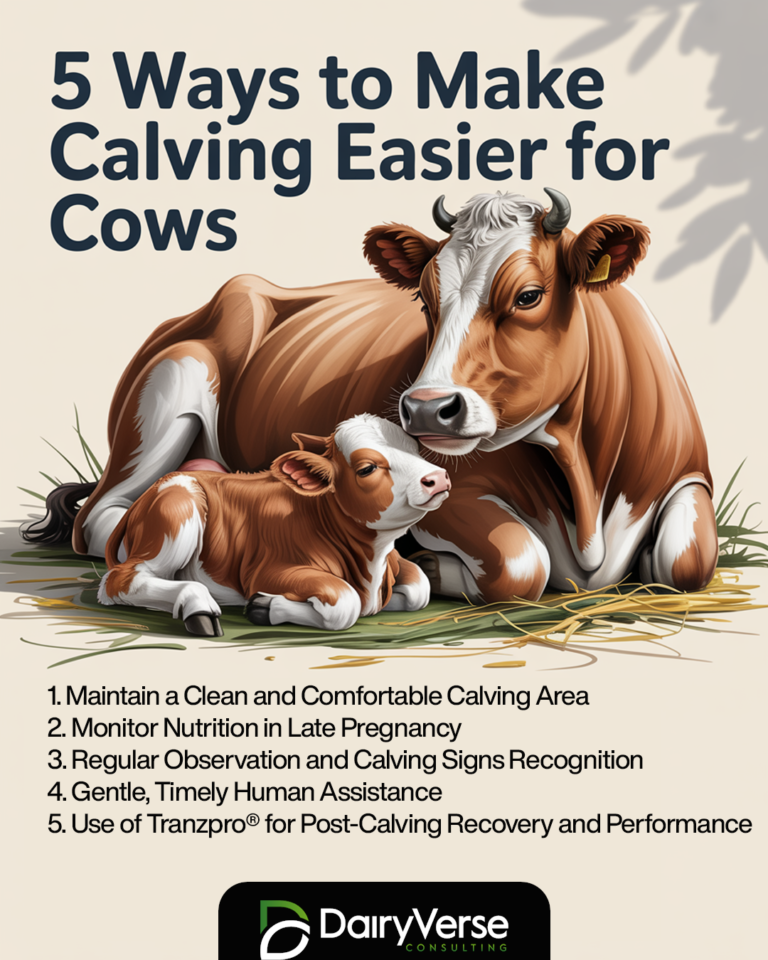What is Papillomatosis?
Papillomatosis is a skin condition in livestock caused by the bovine papillomavirus (BPV). It results in wart-like growths on the skin, teats, neck, head, or even inside the mouth and digestive tract. Though they often look alarming, most warts are benign (non-cancerous).
How Does it Spread?
- Through direct contact with infected animals
- Contaminated tools (dehorners, milking machines)
- Scratches or wounds on the skin make infection easier
- Calves and young animals are more vulnerable due to weaker immunity
Symptoms
- Multiple raised, rough, and rounded skin growths
- May be found on:
▸ Head, neck, and shoulders
▸ Udder and teats (affecting milking)
▸ Around the eyes or mouth - In severe cases:
▸ Difficulty in feeding or walking
▸ Weight loss and stress
▸ Secondary infections
Is it Dangerous?
While not usually fatal, papillomatosis affects productivity. Warts on teats, for example, can make milking painful and increase mastitis risk. In breeding bulls, warts on the penis or sheath can affect mating.
Treatment Options
- Leave alone: Small warts in healthy animals may fall off with time
- Surgical removal or cryotherapy (vet recommended for larger warts)
- Autogenous vaccines: Created from the animal’s own wart tissue
- Boosting general immunity can help prevent reoccurrence
Prevention Tips
- Avoid sharing needles or grooming tools
- Disinfect equipment regularly
- Isolate new or infected animals
- Keep skin healthy and reduce injuries
- Maintain proper nutrition and mineral supplementation
📌 Final Thought
Papillomatosis may not kill your animal, but it silently steals performance. Watch out for strange skin growths and act early!

